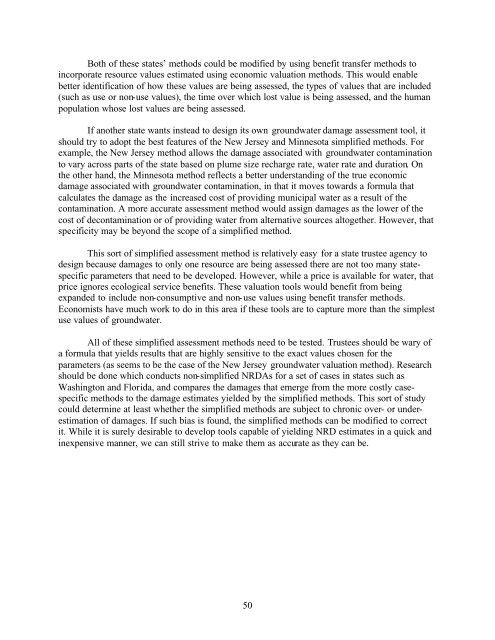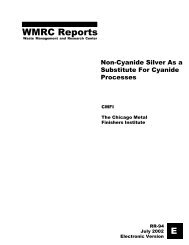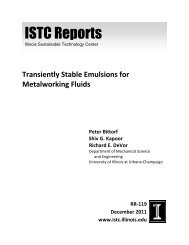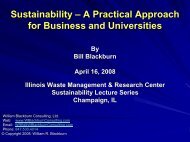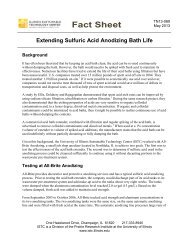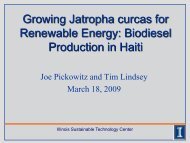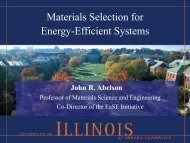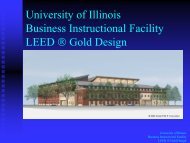Natural Resource Damage Assessment: Methods and Cases
Natural Resource Damage Assessment: Methods and Cases
Natural Resource Damage Assessment: Methods and Cases
You also want an ePaper? Increase the reach of your titles
YUMPU automatically turns print PDFs into web optimized ePapers that Google loves.
Both of these states’ methods could be modified by using benefit transfer methods to<br />
incorporate resource values estimated using economic valuation methods. This would enable<br />
better identification of how these values are being assessed, the types of values that are included<br />
(such as use or non-use values), the time over which lost value is being assessed, <strong>and</strong> the human<br />
population whose lost values are being assessed.<br />
If another state wants instead to design its own groundwater damage assessment tool, it<br />
should try to adopt the best features of the New Jersey <strong>and</strong> Minnesota simplified methods. For<br />
example, the New Jersey method allows the damage associated with groundwater contamination<br />
to vary across parts of the state based on plume size recharge rate, water rate <strong>and</strong> duration. On<br />
the other h<strong>and</strong>, the Minnesota method reflects a better underst<strong>and</strong>ing of the true economic<br />
damage associated with groundwater contamination, in that it moves towards a formula that<br />
calculates the damage as the increased cost of providing municipal water as a result of the<br />
contamination. A more accurate assessment method would assign damages as the lower of the<br />
cost of decontamination or of providing water from alternative sources altogether. However, that<br />
specificity may be beyond the scope of a simplified method.<br />
This sort of simplified assessment method is relatively easy for a state trustee agency to<br />
design because damages to only one resource are being assessed there are not too many statespecific<br />
parameters that need to be developed. However, while a price is available for water, that<br />
price ignores ecological service benefits. These valuation tools would benefit from being<br />
exp<strong>and</strong>ed to include non-consumptive <strong>and</strong> non-use values using benefit transfer methods.<br />
Economists have much work to do in this area if these tools are to capture more than the simplest<br />
use values of groundwater.<br />
All of these simplified assessment methods need to be tested. Trustees should be wary of<br />
a formula that yields results that are highly sensitive to the exact values chosen for the<br />
parameters (as seems to be the case of the New Jersey groundwater valuation method). Research<br />
should be done which conducts non-simplified NRDAs for a set of cases in states such as<br />
Washington <strong>and</strong> Florida, <strong>and</strong> compares the damages that emerge from the more costly casespecific<br />
methods to the damage estimates yielded by the simplified methods. This sort of study<br />
could determine at least whether the simplified methods are subject to chronic over- or underestimation<br />
of damages. If such bias is found, the simplified methods can be modified to correct<br />
it. While it is surely desirable to develop tools capable of yielding NRD estimates in a quick <strong>and</strong><br />
inexpensive manner, we can still strive to make them as accurate as they can be.<br />
50


